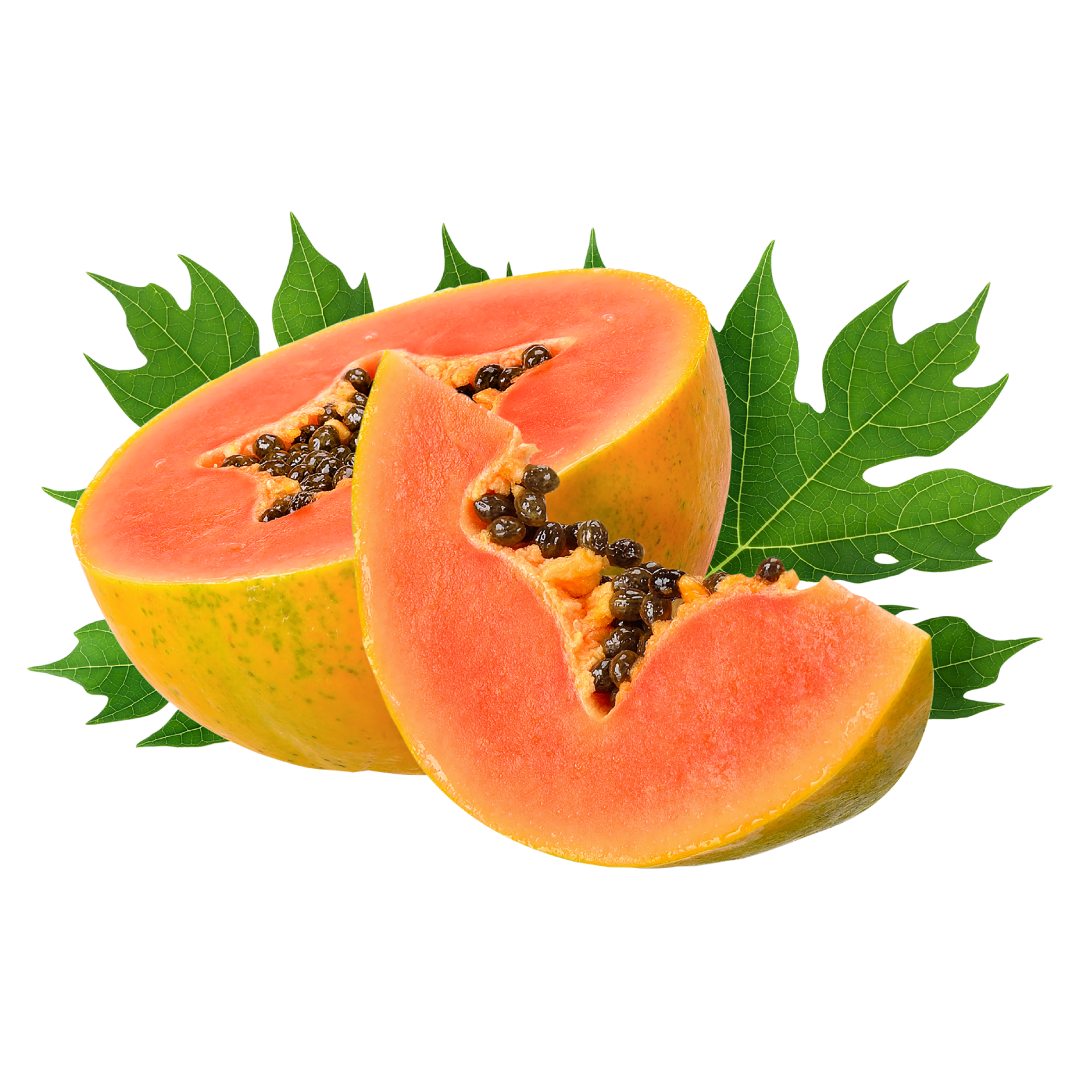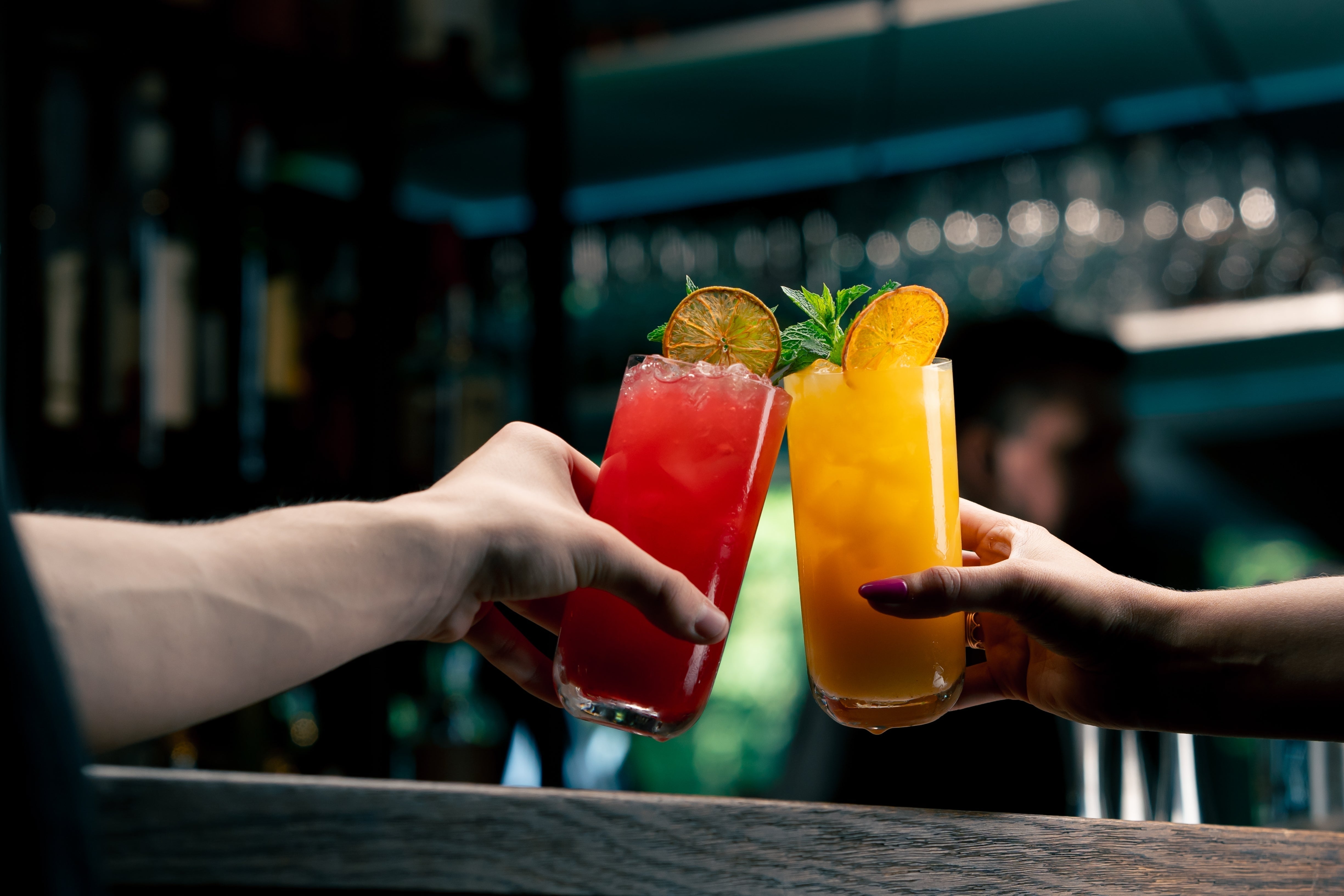Origin and Evolution of Beer Styles
Beer has been produced for thousands of years. In fact, its origins date back to ancient Mesopotamia and Egypt (National Geographic, 2024). As it spread around the world, different styles developed depending on brewing techniques, available ingredients and local preferences. Today, there are hundreds of recognized beer styles, each with its own history and distinctive characteristics.
Classification of Beer Styles
Specifically, styles of these standard drinks fall into two main categories: top-fermented beers (ales) and bottom-fermented beers (lagers). On one hand, the former ferment at higher temperatures and tend to have more intense and complex flavors. Lagers, on the other hand, ferment at lower temperatures and tend to be lighter and more refreshing.
Ale Beers
In this case, some of the most popular varieties include:
- India Pale Ale (IPA): known for its bitter flavor and citrus notes, thanks to the abundant use of hops.
- Stout: a dark, creamy beer with notes of coffee and chocolate.
- Belgian ale: a broad category that includes styles such as Dubbel, Tripel and Saison. Each has its own distinctive flavor profile. Therefore, they are excellent choices to offer in a beer flight.
Lager Beers
Undoubtedly, in the lager style, the best-known varieties are:
- Pilsner: a light and refreshing blonde beer, with a slightly bitter taste.
- Märzen: an autumn beer, amber and caramelized flavor.
- Bock: a winter beer, dark and malty in taste.
Production Recommendations
If you are a brewer, it is important that you choose the right style for your target market and audience. Consider factors such as preferences, market trends and your production capacity. It is also critical that you maintain consistency in the quality and taste of your beers. Other recommendations are:
- Innovate with new styles by combining unique ingredients.
- Educate your consumers about different styles with guided tastings.
- Create fruit alcoholic drinks to diversify your products.
- Produce your beers following the cask ale method to achieve traditional English styles.
In conclusion, beer styles are a fascinating part of the history and culture of this popular alcoholic beverage. By exploring the differences between ale and lager beers, and the various styles within each category, it is possible to appreciate the richness and diversity of the beer world. If you are interested in trying different ingredients for your beers or distilled spirits, we invite you to visit our website and explore our product selection.
Referencias bibliográficas
García, M. (2021, April 8). ¿Sabes diferenciar los estilos de cerveza artesanal? Cervecería de la Costa. https://cerveceriadelacosta.com/blogs/noticias/sabes-diferenciar-los-diferentes-estilos-de-cerveza-artesanal
La Mayor Cervecería. (2024, March 15). Cerveza en EE. UU.: sabores y marcas populares. https://lamayorcerveceria.es/cerveza/cerveza-en-ee-uu-sabores-y-marcas-populares/
National Geographic. (2024, March 12). Cerveza, la bebida preferida en el Antiguo Egipto. https://historia.nationalgeographic.com.es/a/cerveza-bebida-mas-popular-antiguo-egipto_15389





































